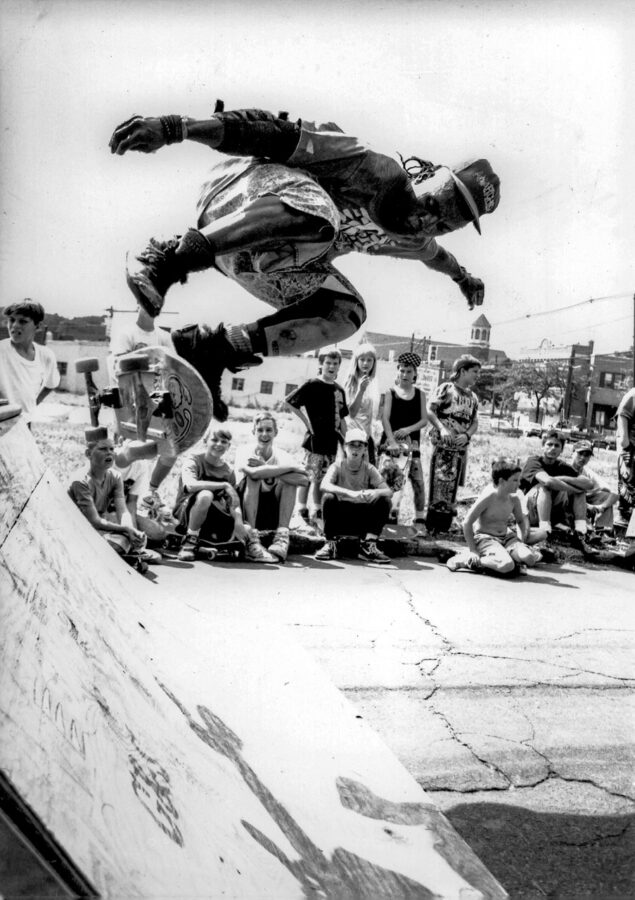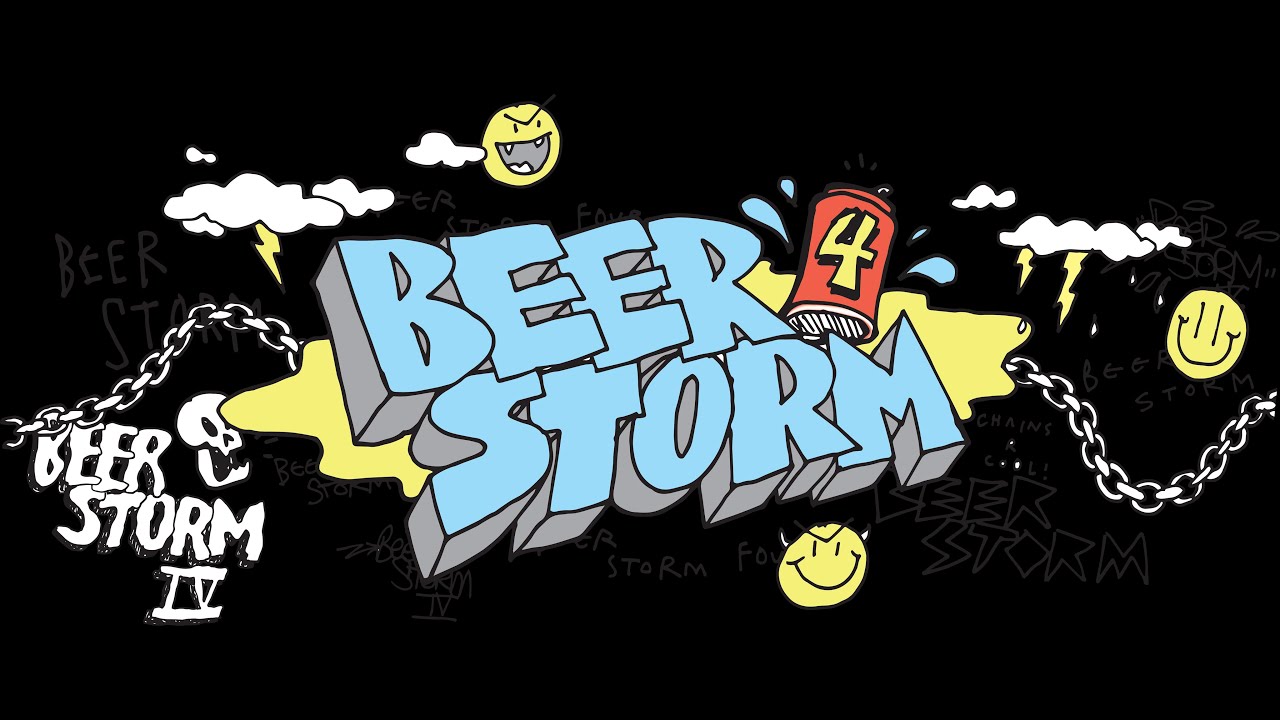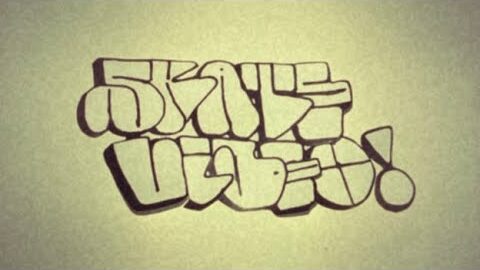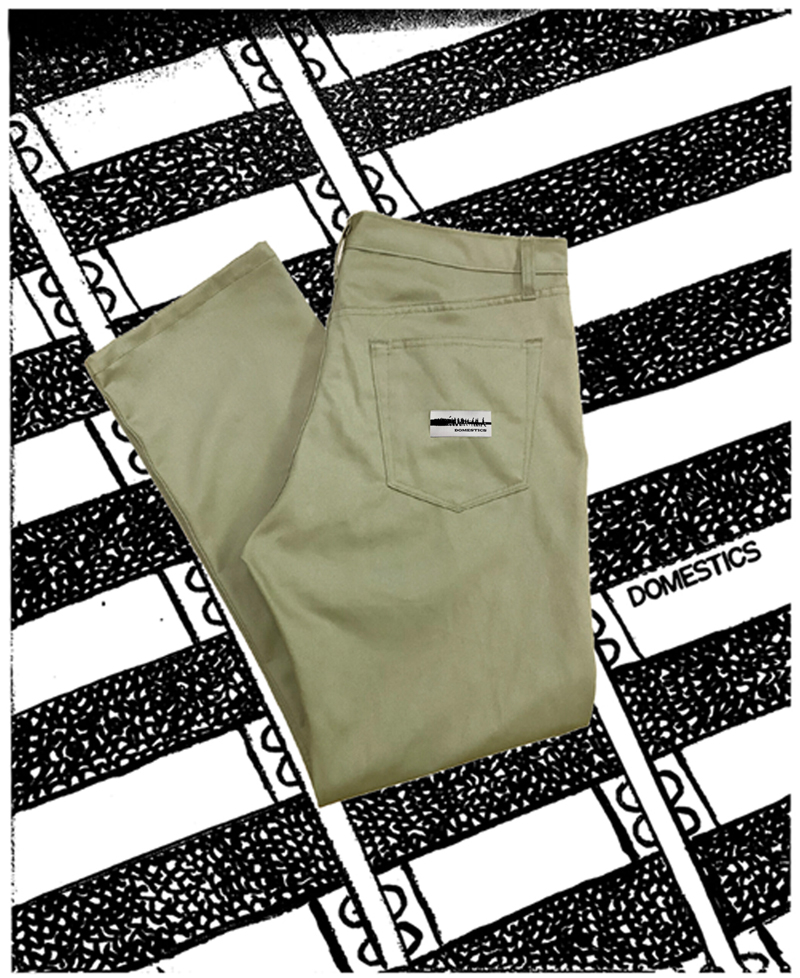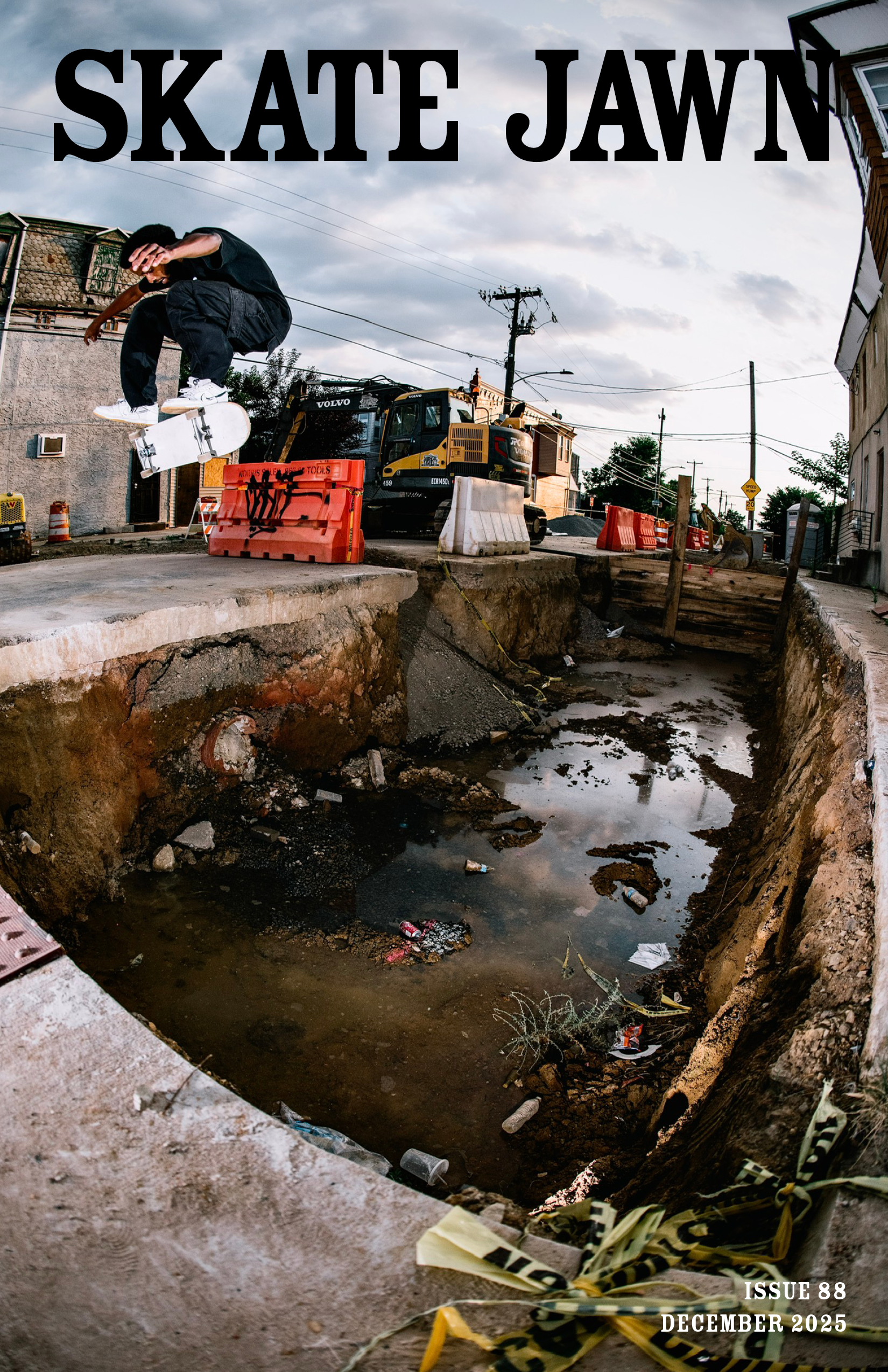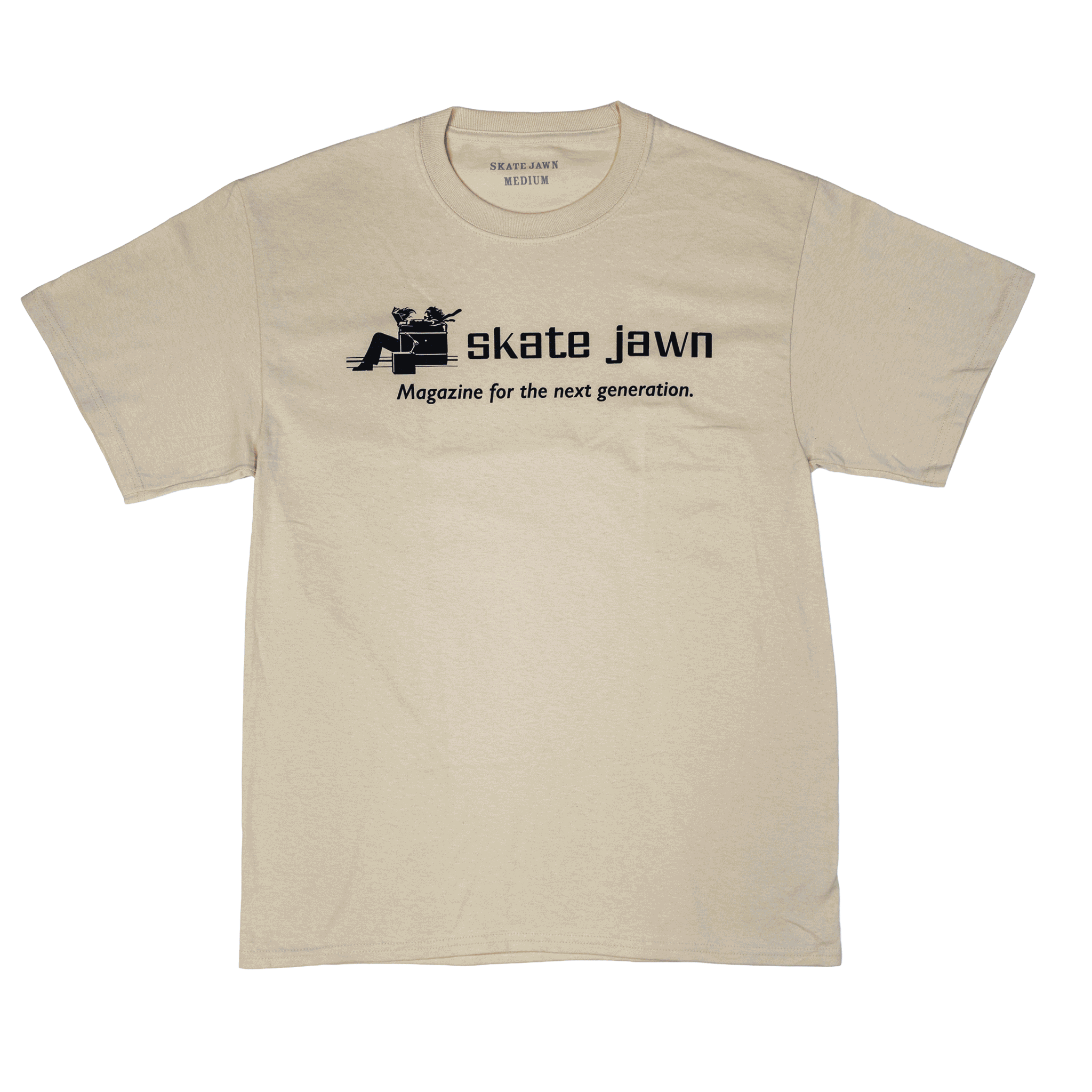Interview by Marcus Waldron
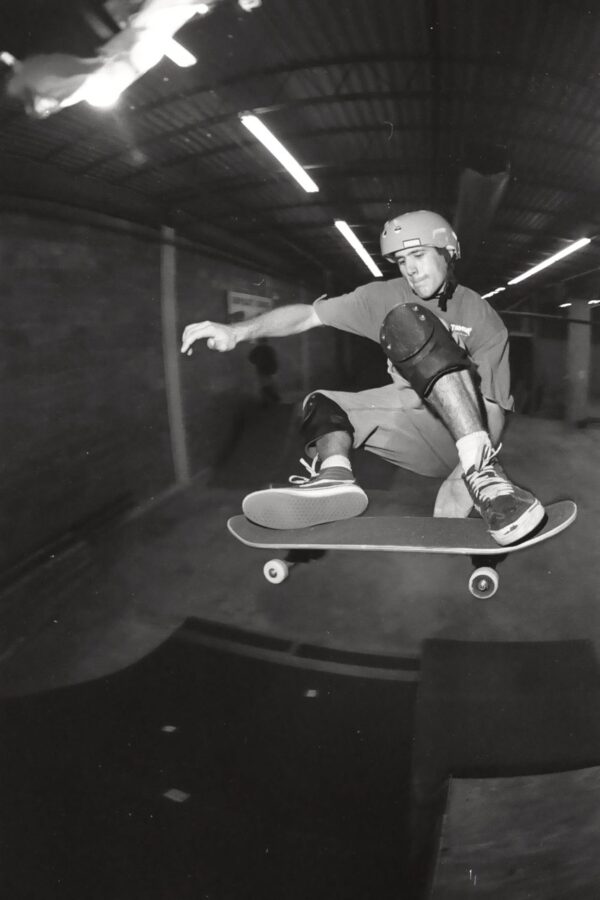
How did you first get involved with skating?
When I was in high school, back in the late eighties, skateboarding was just starting to really bubble, that was the whole Bones Brigade era. There were kids at my lunch table that got a skateboard and I was like, fuck it, this looks fun. I got a little cheap board so I could learn how to ollie and ride comfortably and then found the local skate shop. The closest shop at the time was TNF Skate Shop over in Edison and that was Mike Vallely’s home shop at the time. So I got my first real board over there. It was a Lucero. That same summer the Bones Brigade actually came to Edison. Having the Bones Brigade come to that local skate shop was like the pinnacle of skateboarding in Central Jersey, and it just opened up all kinds of doors after that.
And how would you say you got involved with photography? Or was it kind of always around?
Photography was always just a thing for me. I started shooting family events because there was always a camera in the house and I became the default family photographer somehow. Then when I’d go to events I would take pictures, whether it was Boy Scouts, or when the skate demos started popping up. Then in ‘88 I went to a contest at the Brooklyn Banks and I ended up getting a picture published in Thrasher Magazine as a result of it. The picture was showing the first girl who won one of the contests at the Brooklyn Banks with her trophy. That was published in the fall of ‘88, while I was still in high school.
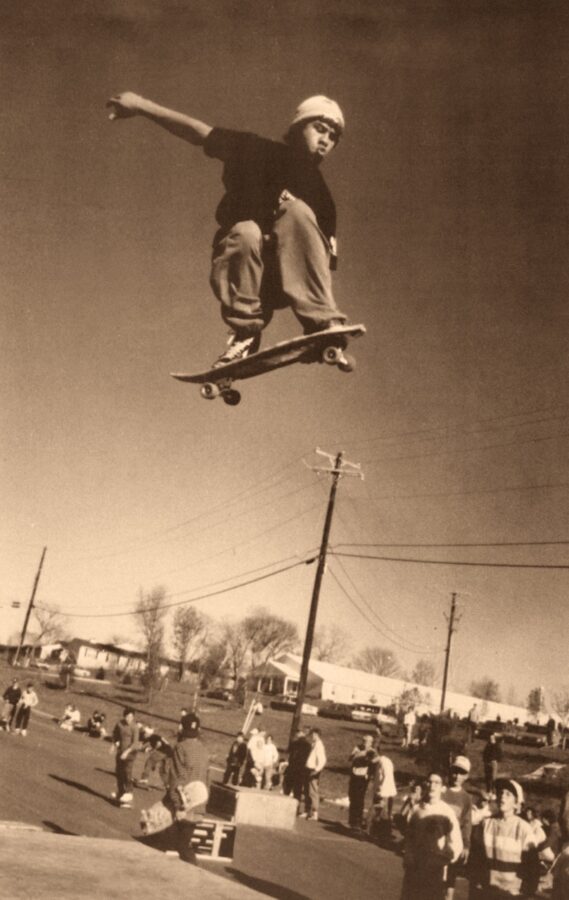
Can you tell me a bit more about that contest at the banks?
One of the kids at my lunchroom table brought a flyer that he must have gotten from either TNF or one of the other skate shops, saying there’s a contest coming up at the Brooklyn Banks. I gave the flyer to my father and he figured out where it was because there was no address for the Brooklyn Banks back then. So he made a whole lot of phone calls and actually drove to New York and figured out where it was. For me, that was the first time I ever saw a mixture of cultures of skateboarders. Cause at my school, it was only maybe two black skateboarders at the time. When I went to New York and saw a bunch of Latino skaters, a bunch of Asian skaters, it was a fucking rainbow, and it was fucking beautiful. I remember Chris Pastras and Rodney Smith being there, and those were the only two black skaters I had seen besides the kids in my high school because they were also from Central Jersey. It was cool, it was fun energy. The people running the contest were called the Eastern Skateboarding Association, and they ran amateur contests up and down the East Coast back in the day. That was like the only circuit outside of the NSA, the National Skateboarding Association. The NSA ran events for people that were sponsored or that were about to go pro or like elite skaters, if you would. Whereas the ESA was more inclusive for all the different amateurs all the way up to sponsored skaters. It was a real community event. And when I shot that photo of the first woman who won, I linked up with the organizer of the event and he explained to me, “Hey, you know we can use your pictures to send to Thrasher and they’ll publish it along with the results from the contest. And that’s what ended up happening and that started my relationship with Thrasher.
You mentioned the ESA. Did you end up getting involved with them?
Yeah, so I ended up becoming their official unofficial photographer at events. I helped coordinate contests here in Jersey as well as at the Banks. I ended up doing a bunch of fundraiser events locally in Jersey for a guy who was at my church having a heart transplant. I did a fundraiser at a local roller skating rink where I had Mike Vallely and Mike Kepper there, and one event I had Sean Sheffey and the whole Shut team there. It helped me learn how to just make shit happen. I was able to reach out to skateboard companies for support and we raffled off a bunch of product. That helped me when I started my own amateur skateboard league called the United Skateboarding Association.
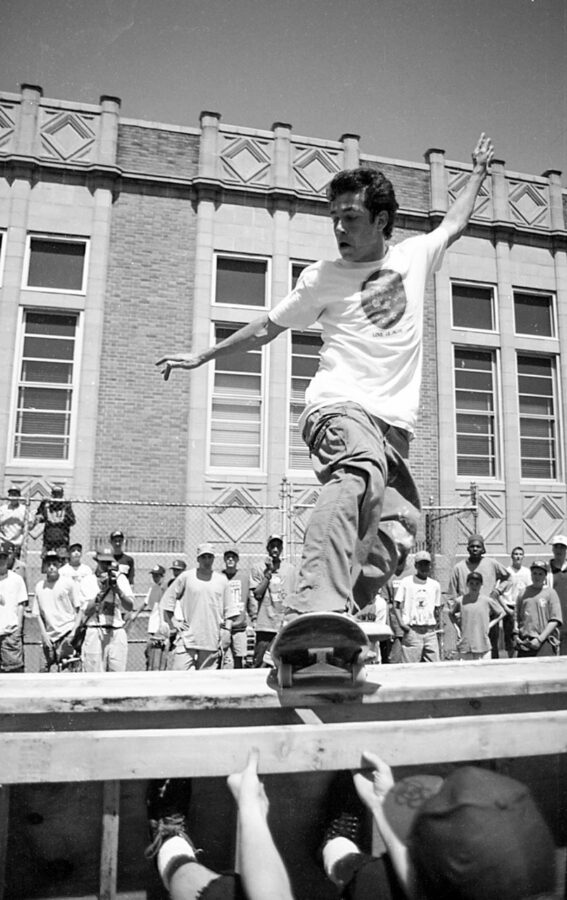
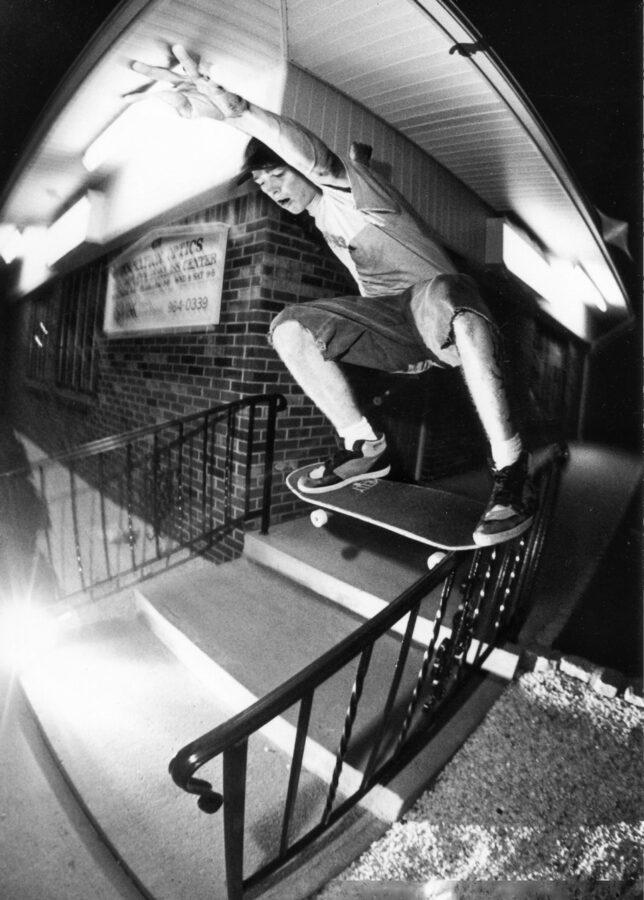
What happened to the USA?
It started very organically. This was after my professional period of shooting hip hop stuff working for the Source. I had this burning desire to start an amateur league because there was nothing for the average kid anymore, and I knew how to organize events. I knew enough people within the skateboarding industry that I could reach out to get basic support. I mapped out yearly contest programs and we went around the whole East Coast doing events. Then it expanded from just doing The Beast of the East to the Beast of the East and the Grom series. So that ran from 1998 to 2005 and it went from just doing contests to also building ramps for people. We started doing action sports marketing where we had a contract with Activision, the video game company for Tony Hawk’s Pro Skater first came out up until Tony Hawk’s Pro Skater 4. We also had kids that came through like Chaz Ortiz, Manny Santiago, Dave Bachinsky, just a lot of big names out of the northeast. We really helped build a community of skaters that today are doing business together now that they’re much older. But the platform and community that we gave ‘em year after year really made a difference.
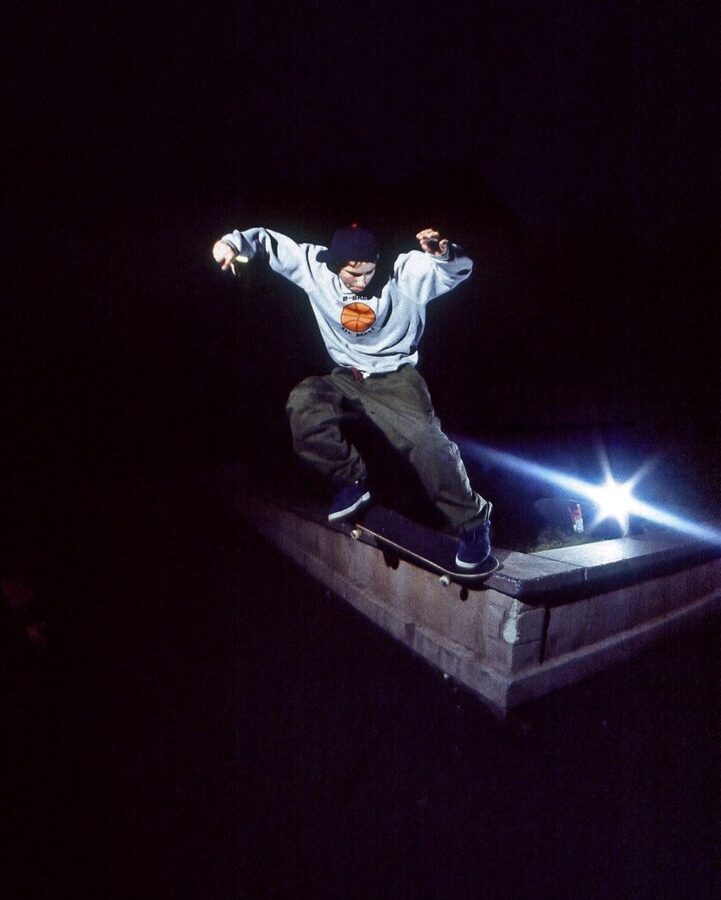
That’s really awesome that you stepped up to fill that void you saw.
It was so important. Cause for me, when I was actively involved in skateboarding contests, it wasn’t so much about being the best, it was just about the community, seeing new tricks, and people from all over different places coming to the contest to hang out and skate. As we kept growing, the business developed more and more but it got to a point by late 2003-2004, where we didn’t have enough sponsorship income or business income to continue to support the business. We weren’t able to pivot properly within the web age. We needed to figure out a better formula to maximize traffic to our website. One year we had a relationship with the advertising campaign, Got Milk and we were able to work with a large number of indoor skate parks where we set up a contract where they would hang Got Milk banners in their park. Anytime they had an event, the local milk processors were able to come there and sample chocolate milk, strawberry milk, banana milk, whatever it was, and every month we gave the skate parks a check just for letting them participate. So it was a whole business networking system that we set up.
So after you had that photo from the Brooklyn Banks published, how did that develop into you working with Thrasher more over the years?
When I started getting more involved in music photography in ‘92 I started working with a stock agency. The stock photo agencies would send your work out to different magazines, they’d get calls “Hey, do you have a picture of Will Smith?” And they’d send all their Will Smith pictures, so they were good at getting my material out but I needed more access to shoot at different concerts. They told me, if you can get a magazine behind you, we can help you get access. Thankfully Thrasher had a music section, so I reached out and they connected me with their music editor. Basically he said “shoot whatever you wanna shoot, write an article to go against it, and we’ll run it.” So I was getting published every month in the music section. Then by the fall of 1995, I became the photo editor at The Source magazine. I stayed there for a year but I just didn’t really care for the business structure. But it allowed me to do a lot more networking while I was there.
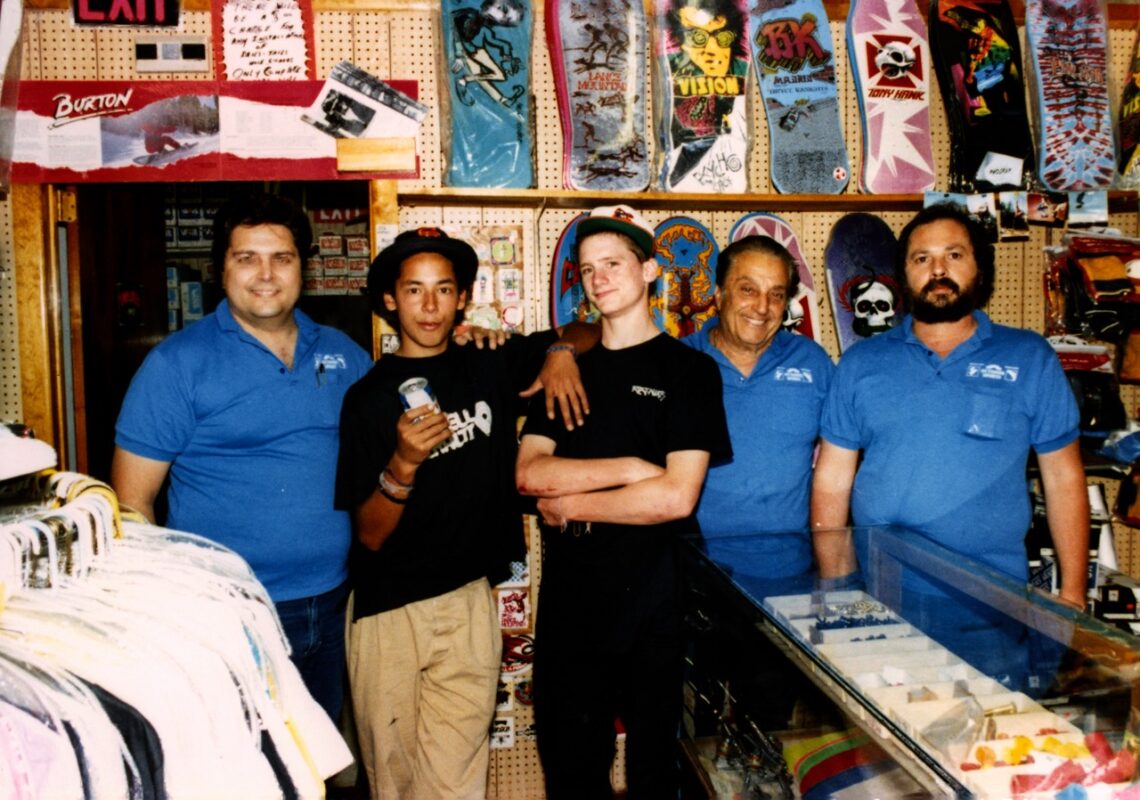
How did you get started with The Source before you became the photo editor there?
I started submitting back in ‘93, just sending them material every month, hoping that they would run it in what they called the party page, which could be a concert shot, or you’re at a party and you get two celebrities together. Then I met the photo editor at the time, Chi Modu, at a shoot for Large Professor and we started talking. I would just continually stop by his office to the point where I didn’t even have to go there to visit him, but they allowed me to come in the door, and leave my bags there. When Chi left there was a vacancy there and by going there so much I knew what he did, for the most part. I ended up getting the job, but it just wasn’t fun. I enjoyed being out on the street, shooting concerts, writing articles, setting things up. I had more fun being on the move rather than just being in an office five days a week and dealing with bullshit and politics. At the time, The Source was located on Broadway and Houston, and we were right around the corner from where Supreme was. Every day for lunch I would walk to the shop just to hang out with skaters. Cause obviously, as a skater, you wanna hang out with skaters. I was like, you know what? I’m not happy at The Source. I’m happy when I’m at the skate shop around my people. And at that certain point is when I had this feeling that I wanted to create something to give back. That’s when I had the idea of creating an amateur skateboard league, wanting to give back to the next generation.
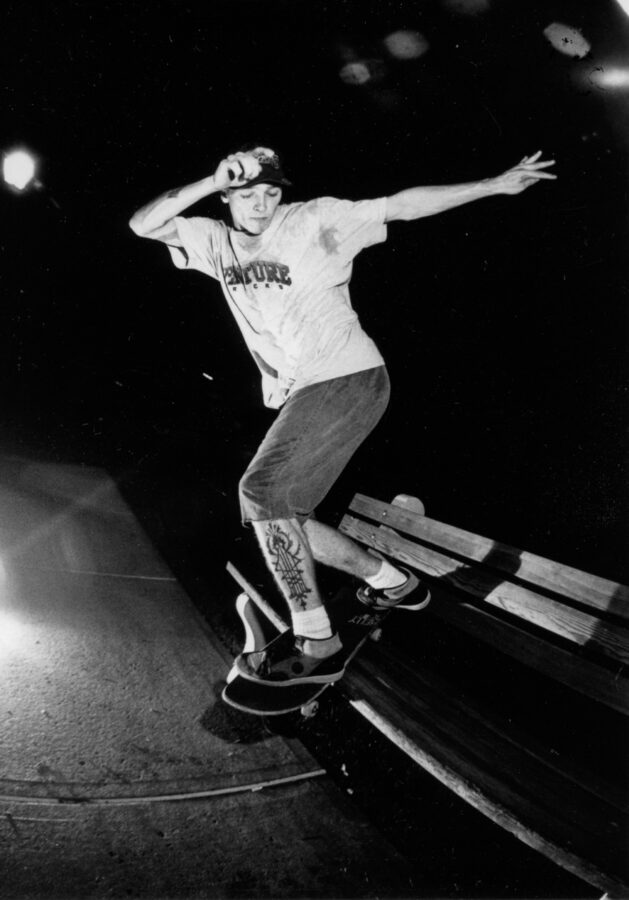
How did working for Thrasher compare to working for The Source?
Thrasher was easy because I was able to do whatever I wanted and submit it. I got to the point where I felt my photography was stronger than my writing, and I remember reaching out to Chris Nieratko at the time, who was coming up as a journalist. I knew Chris was a very strong writer so I started working with him where I would take the picture and he would do the article. It was easy working for Thrasher because there were never any demands, I just submitted material all the time and because it was so different than all the other material they were getting, it would get published every month.
What is it that makes a photo good to you? What do you look for or try to create?
For me, it’s when you look at the image, there’s something you feel about it, it’s something that’s personal, that’s intimate, there’s storytelling. Back when I was a kid, families used to have what’s called a photo album where it’s a bunch of pictures of your family doing certain things or at certain places. Each picture told its own story. I realized moving forward, the way that I was shooting whether it was a celebrity or a musician or whatever, it told its own story too. Like you felt the moment, it was very genuine. If I didn’t know them, that made it even more interesting. They had to make the magic happen. Then, within those 36 frames of one roll, that magic will come out because you’re giving yourself up to try and find something pure, something original about this person that’s intriguing.
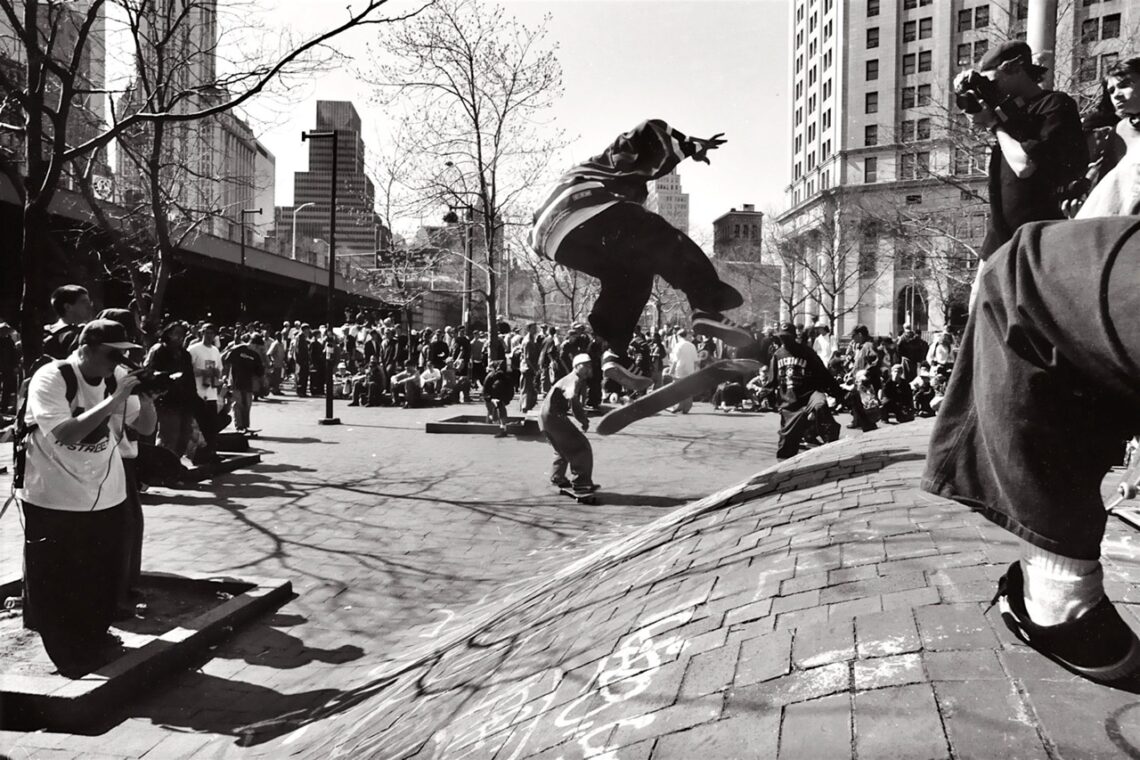
You stayed in Jersey the whole time doing The Source and everything?
This whole time. Even now I’m still in the same area of Central Jersey. I’ve never lived in the city. Thankfully I’m close enough to the New Brunswick train station where every half hour there’s a train that goes into New York. I like the action and the networking possibilities of New York, but I don’t enjoy the energy enough to ever want to live there. I like the contrast of coming back to the suburbs, the real world as I call it, and leaving the craze of New York behind.
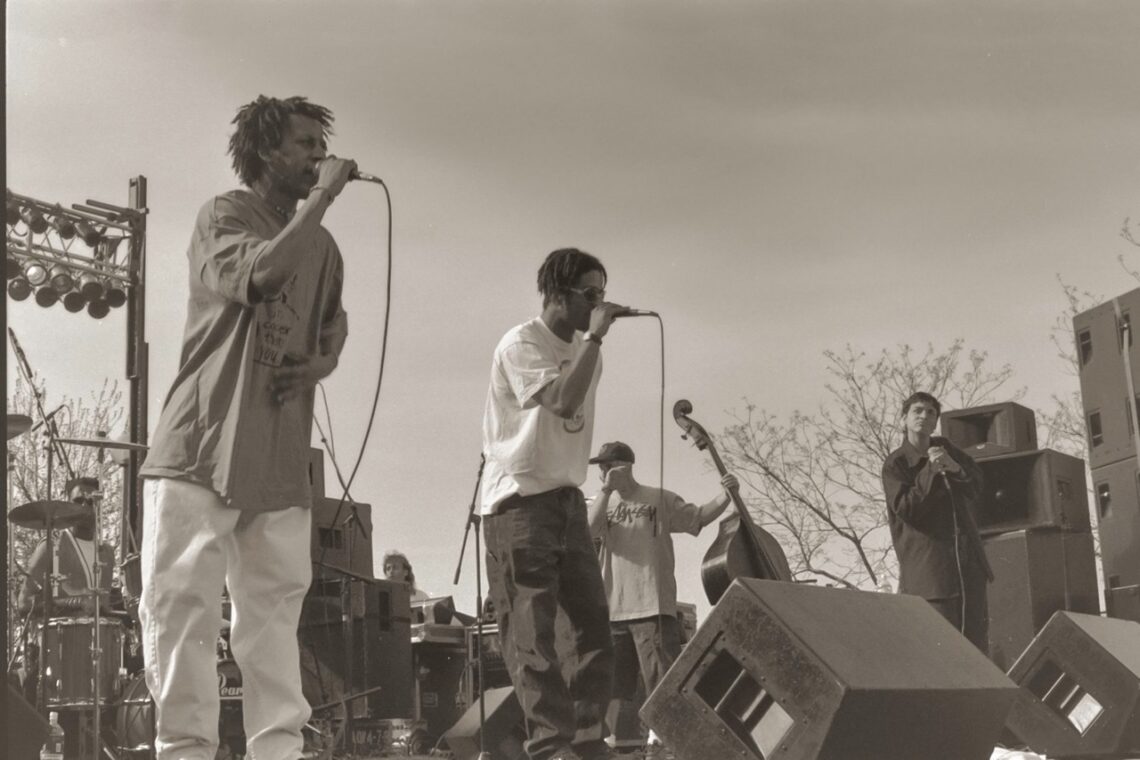
What do you think about the current state of hip hop?
It’s different. I hate to say it but it doesn’t appeal to me as much cause I’m older, so my ears have adjusted. I feel weird when I say that. I respect everyone who’s doing it because I understand the grind that it takes to be an artist and create a fan base. One person that I have a lot of respect for is Joey Badass because he’s independent. He was one of the first people that bought one of my fine art pieces. It was a 40” by 60” shot of Raekwon and Ghostface. I’m stoked that I’m able to at least connect with the younger generations in many ways. At some point I would be interested in starting to shoot some of the artists that are bubbling up because not knowing who the artists are allows me to see something in them that can create a beautiful photograph.
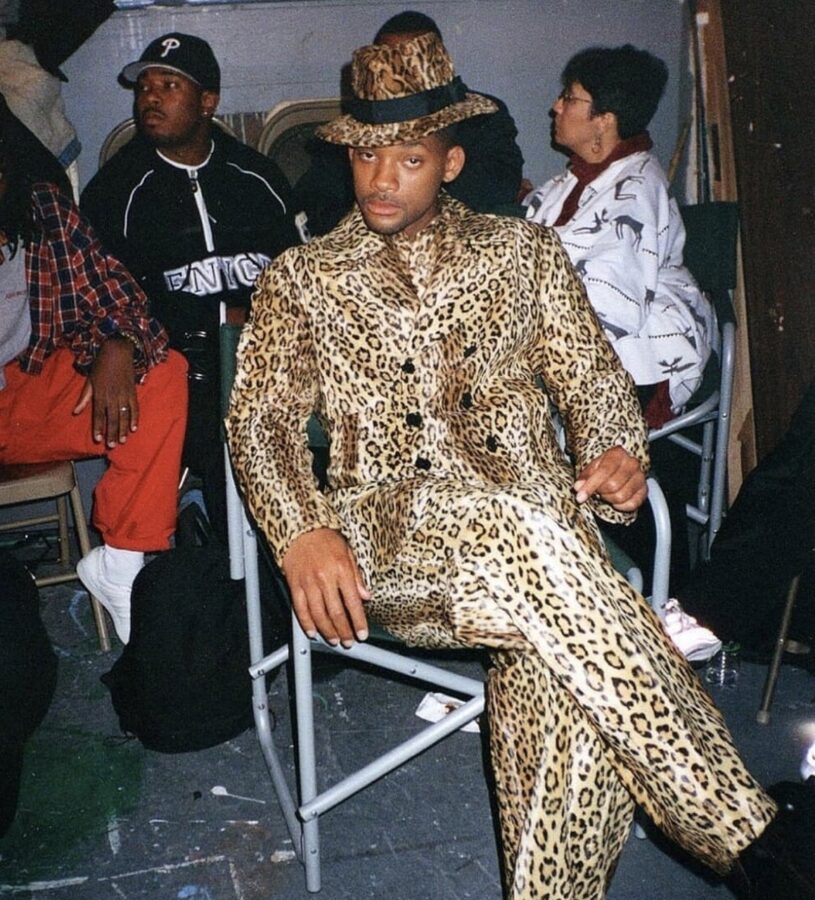
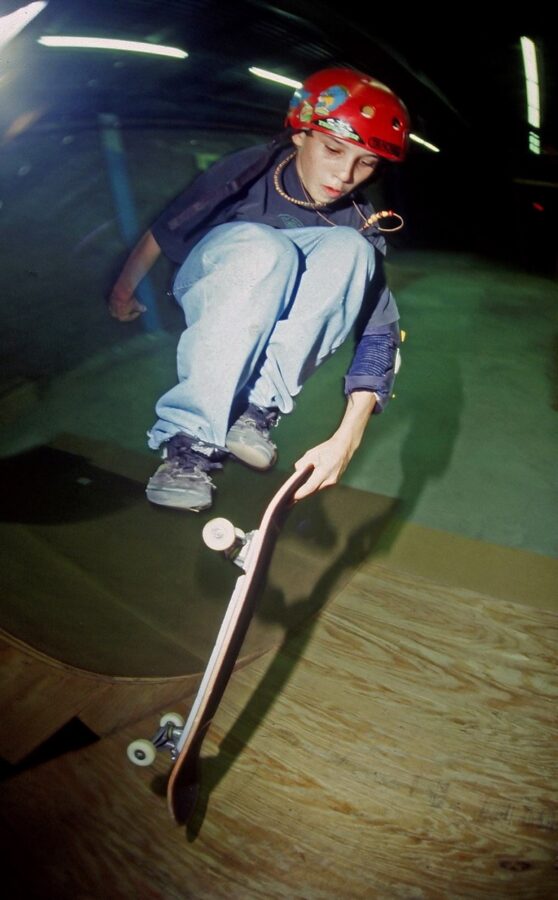
What do you remember about this contest with Mark Gonzalez and Ron Chatman in Jersey?
That was 1991 at T-shirt Emporium. It was a really good skate shop, and they had a demo for the company 60/40. It was a cool ass demo, Mark just killed it. Watching him skate in person is otherworldly, he’s so fluid and he just does the most amazing shit with ease. I had met Ron Chatman a few years earlier in 1989 when he did a demo in New Brunswick at ABF Skate Shop on Livingston Avenue with Rodney Mullen. Ron and I, because we were the only black skaters, just instantly became friends. I went out to Long Beach and hung out with him and his family for a week. So in ‘91 he came back out with Mark. Ron was a fucking amazing skater. Then that same year Gonz ended up living in New Brunswick for about six months and Ron stayed with him.
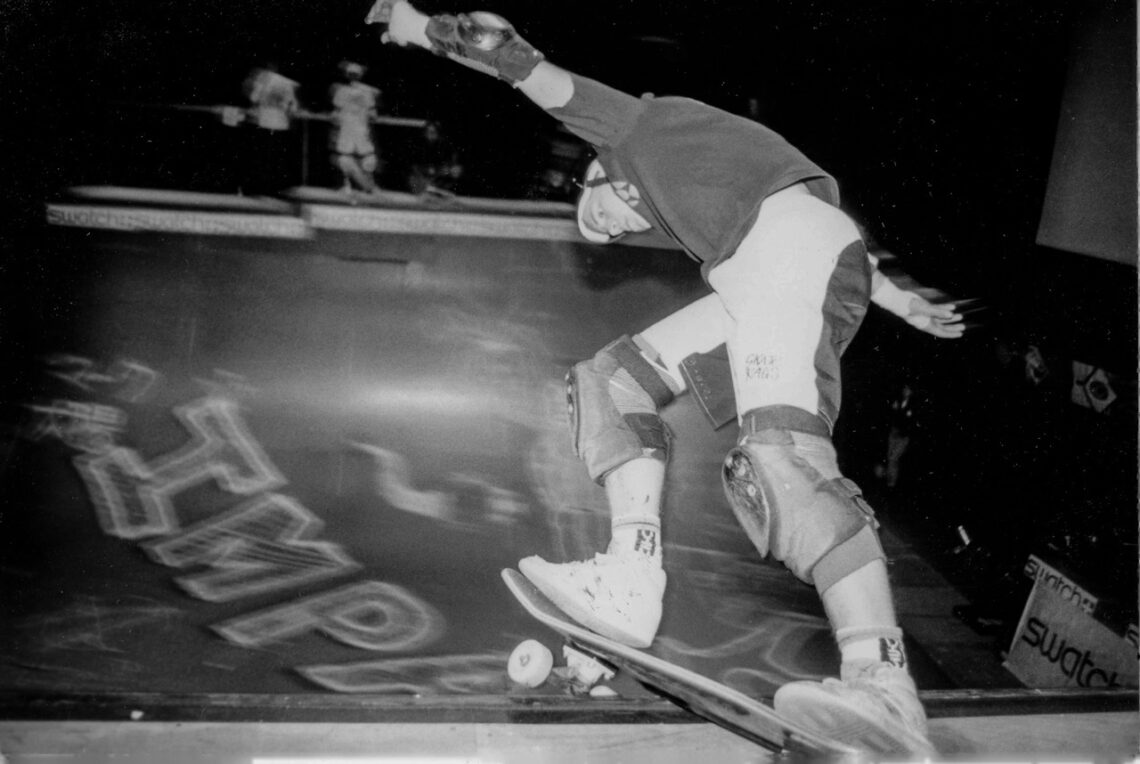
Last one, do you have advice for creating a good photo, or advice for aspiring photographers?
Just take your time. One thing I notice when I go to certain places, I watch photographers when they shoot and I hear them lay on their shutter like ten shots in a row. So slow down is what I would say. Look and find the moment, then take the picture. Think of it as if you’re shooting with film. If you’ve never shot with film, you only have 36 frames in a roll of film. So you’re gonna take your time, you’re gonna compose the picture a lot better. You’re gonna wait for the light to fall on your subject’s face a little bit better. You’re gonna wait for the right pose to help compose the moment. Slow down, and really study the subject in front of you that you’re trying to capture. Is there a look in their eye that’s of interest? Something about their skin tones? Don’t rely on auto focus, go to manual, trust yourself. If you’re a photographer, you’ve picked up the camera for a reason, because you feel that you know how to take a picture. Look at your composition, make sure you have enough space above the person’s head or around the person to really frame them. Don’t just hope and lay on the shutter, getting ten shots because you hear the other photographers going click, click, click, click. Really slow down and take your time to create your art because photography is art.
